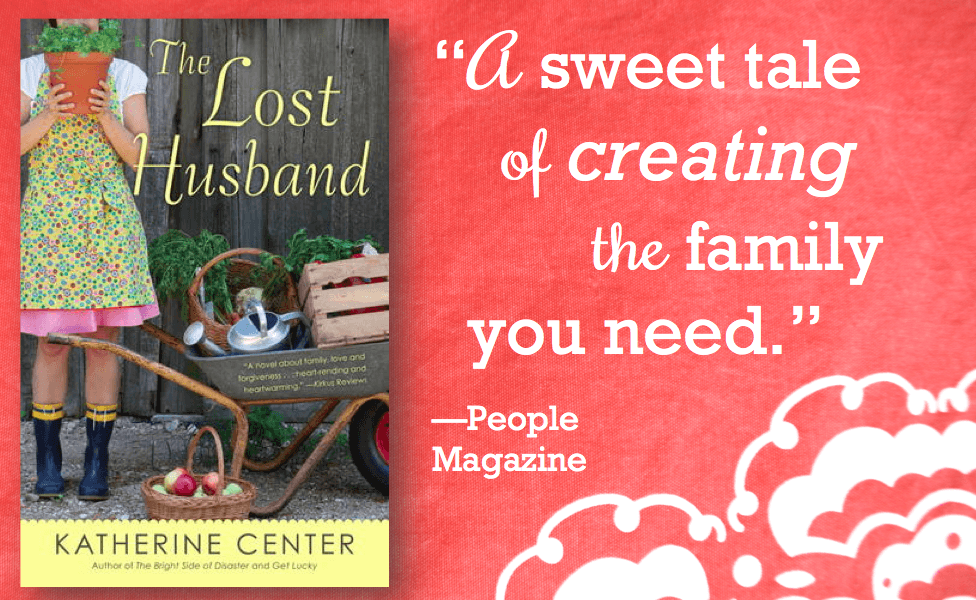YOUR CHOICE...
by Sherry Boas
An
optimist and pessimist await the New Year Hour
One
with eager smile, one's expression sour.
The
pessimist looks back and groans, "Time goes by so fast!"
The
optimist looks back and grins, "More memories to last!"
The
pessimist recalls the debts, the dollars thrown away.
The
optimist recalls the gains, the values earned each day.
The
pessimist sees struggles fought, times that trouble crossed.
The
optimist sees each success and respects the cost.
The
pessimist looks back and sighs, "I should have not done that."
The
optimist: "How much I've learned..."
And gives himself a pat.
The
pessimist says, "What a year! I've
never known such woe."
The
optimist says, "What a year! ...Amazing how we grow."
One
with eyes so used to seeing problems every day.
One
with eyes so used to seeking out a better way.
An
optimist and pessimist await the New Year Hour
One
with eager smile, one's expression sour.
And
when the midnight chime does ring both turn to look ahead
The
optimist with hope and dreams, the pessimist with dread.
So
pour a toast and raise a glass. Take a
drink until
Your
glass reflects the year ahead: Half
empty or half full.

























